Air quality and HVAC system performance are more than just comfort concerns—they’re critical to infection control, energy efficiency and patient safety. Yet, an overlooked component of HVAC upkeep is coil cleaning. Most facility managers rely on annual cleanings, but that schedule may no longer be enough, especially in older units or high-moisture environments.
Healthcare Facilities Today spoke with Jeff Atkinson, subject matter expert for The Budd Group, about what it takes to build a proactive coil cleaning program tailored to the unique needs of healthcare environments.
HFT: What are the key elements of a proactive coil cleaning and maintenance program for healthcare facility managers?
Jeff Atkinson: The priority is creating and establishing a standard work construction, which is essentially the proper cleaning protocols and best practices for doing that. Having a staff that is properly trained and has the proper equipment before a project even starts is key. Also, establish the proper frequency of cleaning the coils.
Another really key part is mapping the face velocity of the coil. So, before you go in to do a coil cleaning job, map out the face velocity using an Alnor type air velocity device or a digital flow meter to map out where the hotspots and low velocity spots are. Then focus your cleaning efforts on the edge of where the obstructions are, which allows you to make more progress and to create a matrix of the coil face that shows where to focus your efforts.
Also, to evaluate the cleanliness of the coil over time, we begin by taking not only the face velocity mapping but also taking delta pressure across the coil. This is used to track that overtime based on the drive information which is based on the temperature and relative humidity percentage of the outside air. All that allows us to get more data focused on how frequently to clean it so that you never get past a certain point of no return. This is especially true when those coils have multiple passes and are really thick.
Being aware of the stakeholders and the occupants of the space provided, we try to do critical units during the coolest months of the year. During this time, there’s less condensation in the coil itself, allowing you to get coil cleaner throughout the depth of the coil. We have been experimenting with probiotic coil cleaners which have a real potential to help control the pretreating of the coil. This cleaner breaks down the biological growth over time before you come in to do the physical coil cleaning. So, all of that taken together is key components to getting them clean.
Related Content: When Should HVAC Systems Receive Maintenance?
HFT: How often should healthcare facilities be scheduling coil cleanings, and does that frequency vary depending on the type of facility or equipment?
Atkinson: Overall, I’d say the frequency needs to be more frequent than what we currently have. I think waiting and doing it based on a calendar year is a prescription in certain areas for disaster. We have found in most coils and testing some of these materials, most of it is biological growth. To keep that to a minimum, we need to be taking regular resistance reading across those coils and increasing how often it’s done.
Some of the factors that would determine your frequency would be whether you have already installed UV germicidal lamps on their air leaving side of the coils. That’s where most of the moisture is and that’s going to be where a lot of this growth comes from. The presence of those UV lamps will limit and also extend the period of service time between cleanings.
Another factor would be the supply fan and its location. If the supply fan is located on the downstream side of the coil, meaning it’s a draw through design, there’s going to be way more growth in that unit. This is because it tends to draw in and maintain a negative pressure inside that plenum, which means that there’s less condensation being taken out through the drain lines. Since there’s more moisture in that plenum, there’s going to be more opportunity for growth.
Other factors include if an air handling unit is designed to fit into a small space, there’s less distance from the chill water coil or the air leaving side of the coil to the next set of components in that system. If it’s a really tight structure, you’re going to end up with more condensation and contaminants inside the air filters, which can result in more biological growth.
Jeff Wardon, Jr., is the assistant editor of the facilities market.
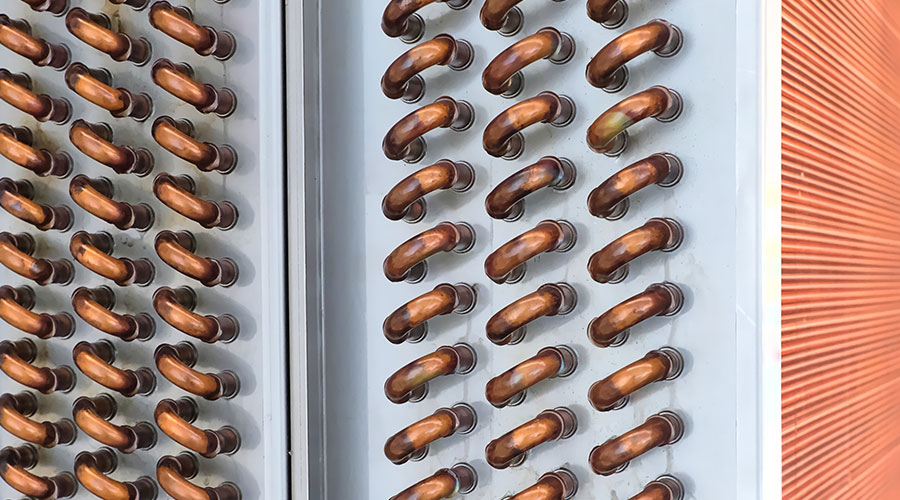
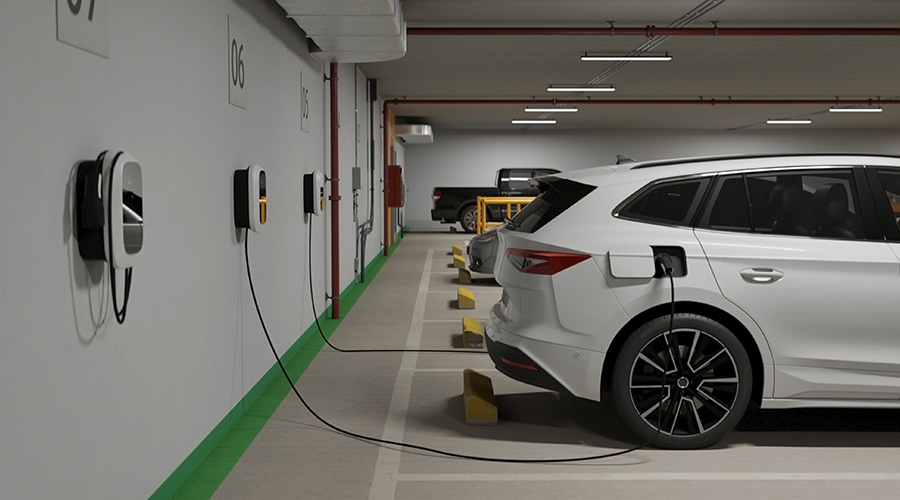 EV Charging Stations: Planning for Safety, Convenience, Expansion
EV Charging Stations: Planning for Safety, Convenience, Expansion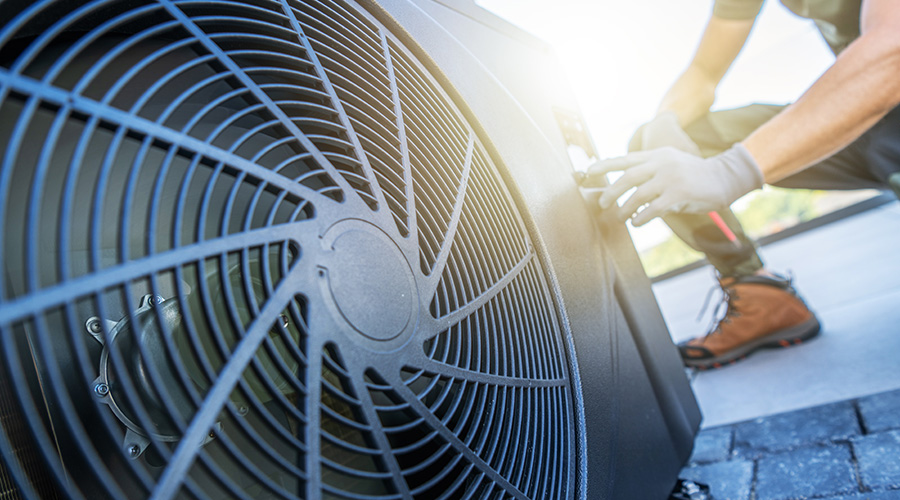 Why Ambulatory Surgery Centers Are Turning to Dedicated HVAC Systems
Why Ambulatory Surgery Centers Are Turning to Dedicated HVAC Systems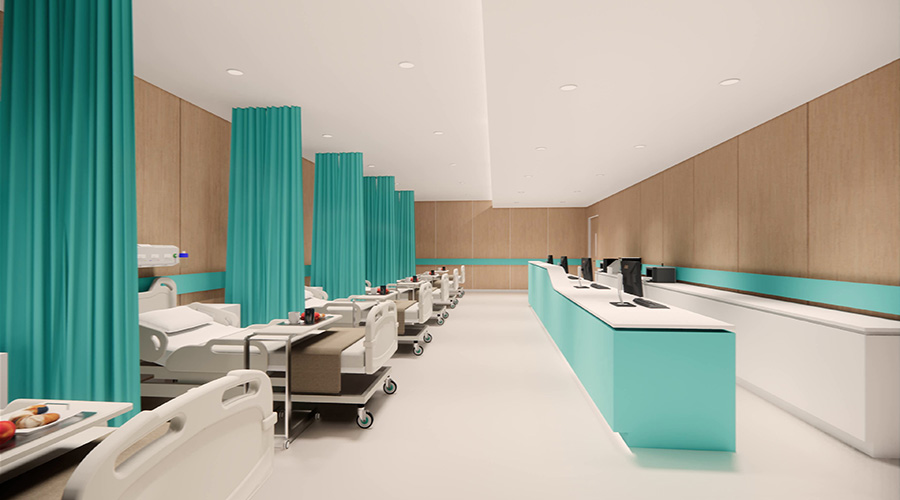 Ground Broken on UW Health University Row Medical Center
Ground Broken on UW Health University Row Medical Center Better, More Thorough Cleaning Saves Lives
Better, More Thorough Cleaning Saves Lives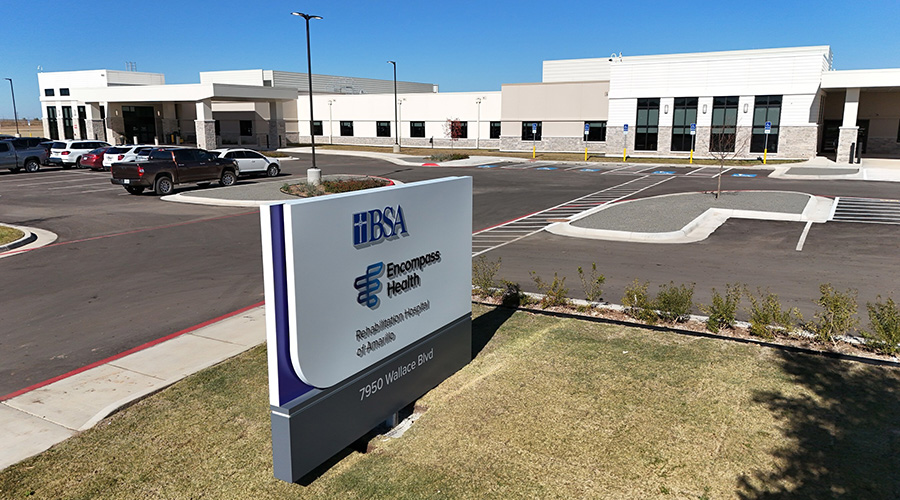 Encompass Health Opens the Rehabilitation Hospital of Amarillo
Encompass Health Opens the Rehabilitation Hospital of Amarillo